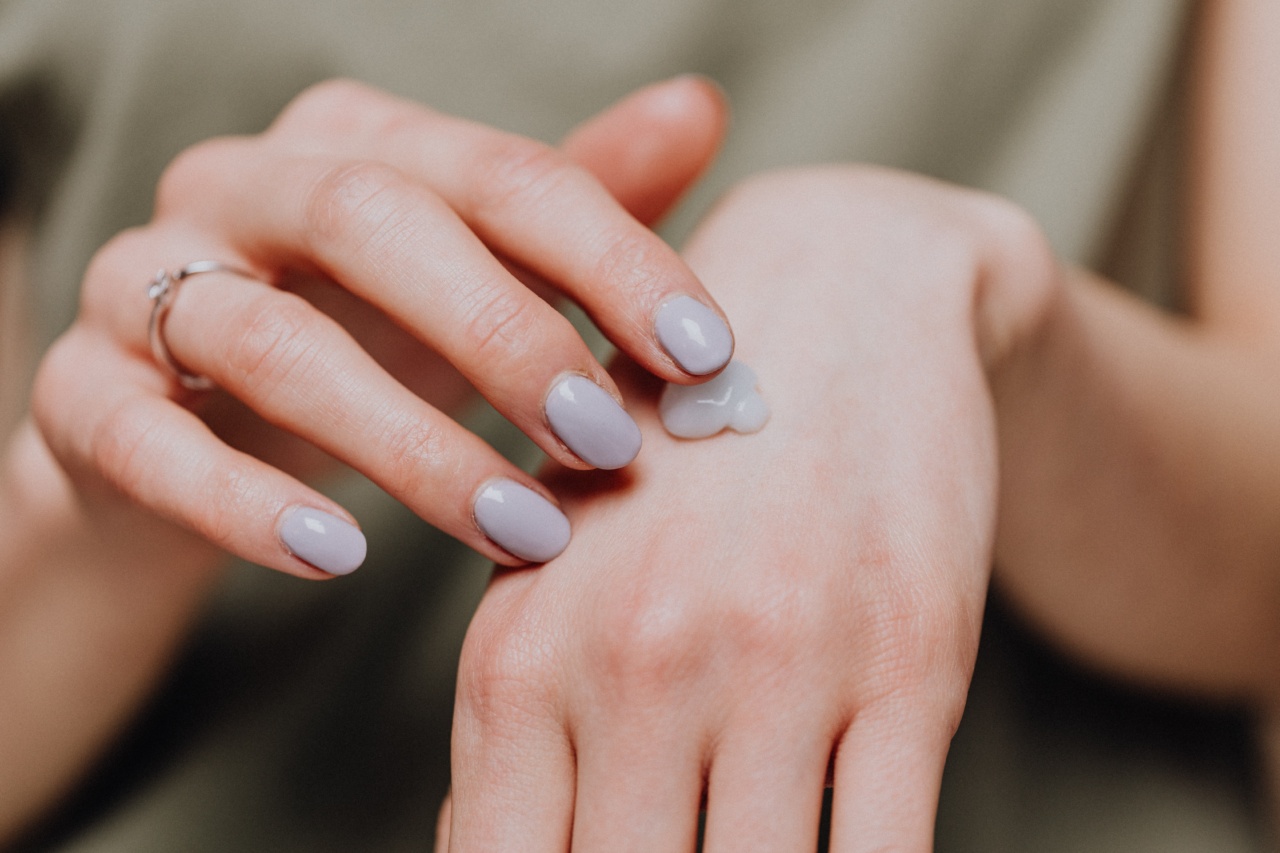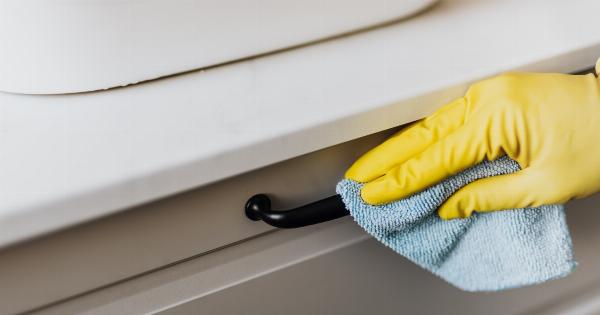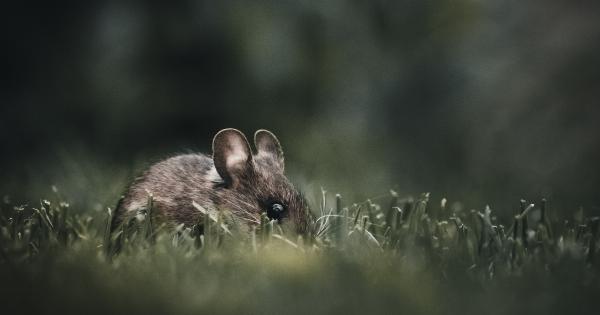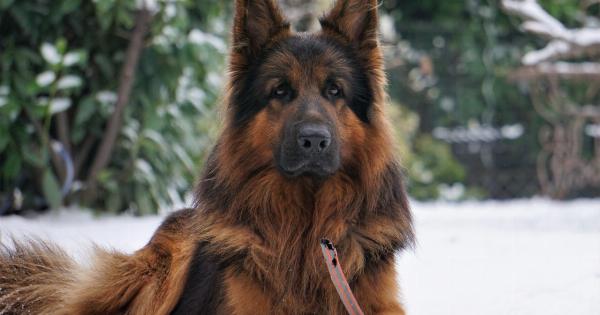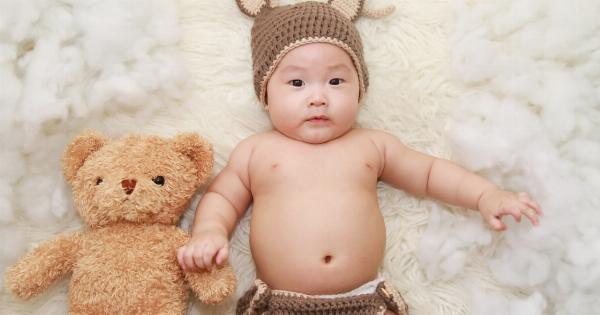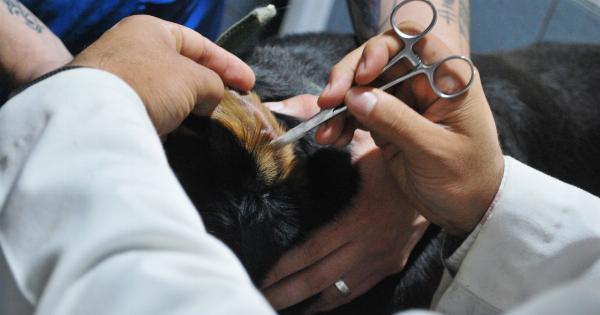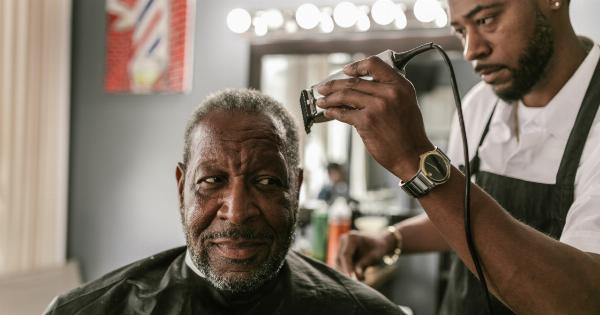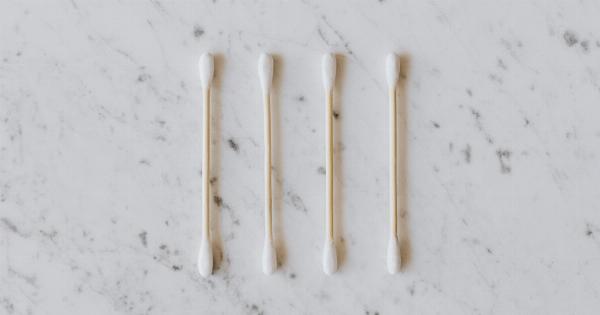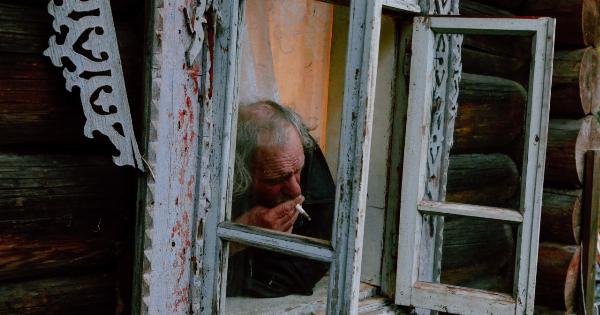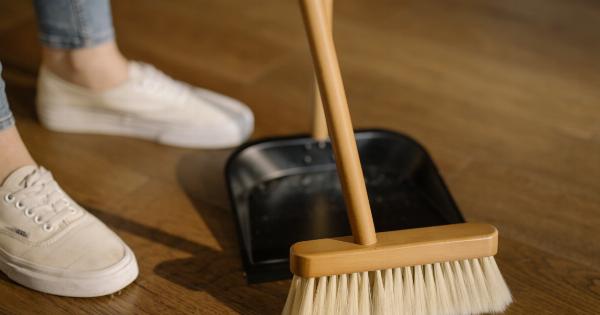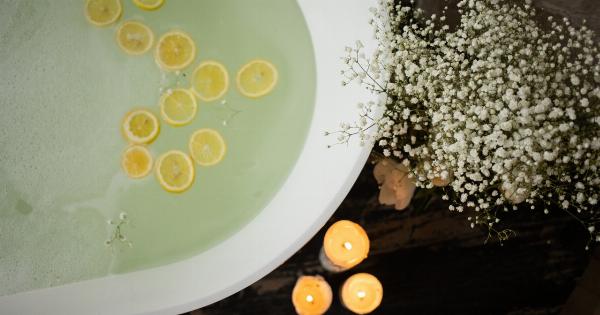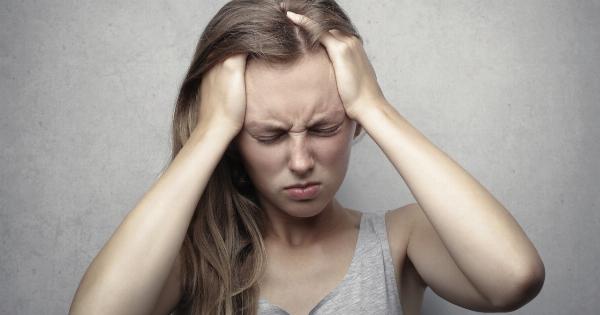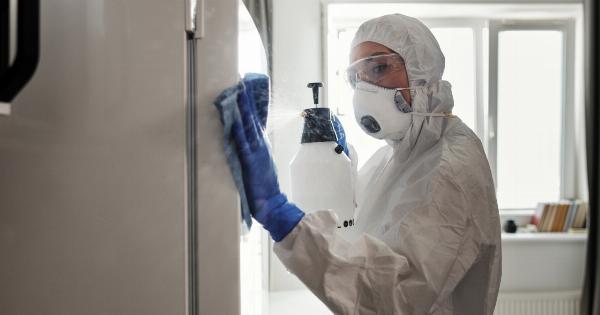Grooming plays a crucial role in the overall health and well-being of your puppy. Regular grooming not only keeps your furry friend looking their best, but it also helps maintain their cleanliness and prevents the development of various health issues.
Whether you are a first-time puppy owner or need a refresher on grooming essentials, this guide will provide you with all the information you need to keep your puppy looking and feeling their best.
1. Establishing a Grooming Routine
Begin grooming your puppy from an early age to get them accustomed to the process. Start with short and gentle grooming sessions and gradually increase their duration as your puppy becomes more comfortable.
Set a regular grooming schedule to maintain consistency and help your puppy feel at ease.
2. Brushing Your Puppy’s Coat
Regular brushing is essential for maintaining a healthy coat and preventing matting. The type of brush you use will depend on your puppy’s breed and coat type.
For example, long-haired breeds may require a slicker brush, while short-haired breeds might benefit from a bristle brush. Brush in the direction of hair growth, and be mindful of any tangles or mats.
3. Bathing Your Puppy
Bathing your puppy promotes cleanliness and helps remove dirt and odors. Use a gentle, puppy-specific shampoo that is free of harsh chemicals. Before bathing, brush your puppy’s coat to remove any tangles or loose hair.
Ensure the water is lukewarm and avoid getting water in their eyes, ears, or nose. After rinsing, towel dry your puppy and use a hairdryer on a low setting if necessary.
4. Trimming Your Puppy’s Nails
Regular nail trims are important to prevent overgrowth, which can lead to discomfort or difficulty walking. Use a specially designed dog nail clipper and be cautious not to cut too close to the quick, which is the sensitive area inside the nail.
If you are unsure, consult a professional groomer or veterinarian for guidance.
5. Cleaning Your Puppy’s Ears
Check your puppy’s ears regularly for any signs of dirt, redness, or foul odor. Use a dog-specific ear cleaner and a cotton ball or pad to gently wipe the visible part of the ear.
Avoid inserting anything deep into the ear canal, as this can cause injury. If you notice any abnormalities or your puppy displays signs of discomfort, consult your veterinarian.
6. Brushing Your Puppy’s Teeth
Dental hygiene is crucial to prevent dental diseases and maintain overall health. Use a soft-bristled toothbrush and specially formulated dog toothpaste as human toothpaste can be toxic to dogs.
Gently brush your puppy’s teeth in a circular motion, paying attention to the gumline. Start by introducing toothbrushing gradually to avoid resistance.
7. Trimming Your Puppy’s Hair
If your puppy has long hair that grows continuously, regular trimming may be necessary to keep them comfortable and prevent matting. Consult a professional groomer for guidance on the appropriate techniques and tools to use.
If you prefer to do it at home, ensure you have sharp, dog-specific scissors and work slowly and carefully.
8. Dealing with Shedding
Shedding is a natural process for most dogs, but certain breeds may shed more than others. Brush your puppy regularly to remove loose hair and prevent it from covering your furniture and floors.
Consider using a shedding tool or deshedding shampoo to minimize excessive shedding. If shedding is excessive and accompanied by other symptoms, consult your veterinarian.
9. Monitoring Your Puppy’s Skin and Coat
Regularly inspect your puppy’s skin and coat for any rashes, dryness, lumps, or inflammation. Look out for excessive scratching, redness, or areas of hair loss. These could be signs of skin allergies, parasites, or other underlying conditions.
If you notice anything unusual, consult your veterinarian for a proper diagnosis and treatment plan.
10. Seeking Professional Grooming Assistance
While many grooming tasks can be done at home, consider seeking professional grooming assistance periodically, especially for tasks such as haircuts or if you are unsure about certain grooming techniques.
Professional groomers have the experience and knowledge to handle various breeds and coat types effectively and safely.
